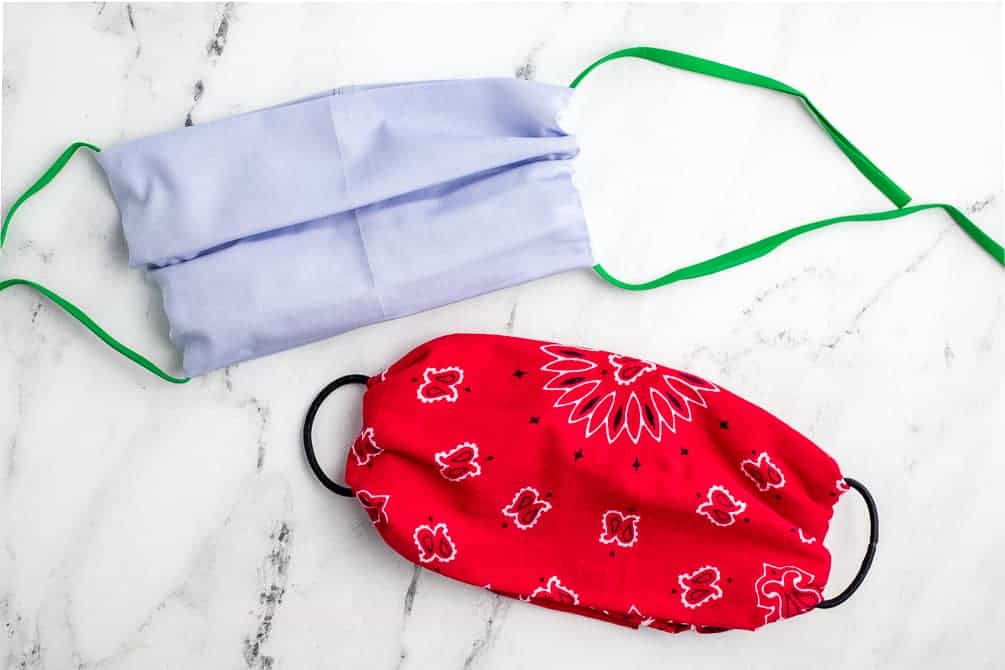Make a mask, no sewing required. The CDC now recommends wearing face coverings in public to help prevent the spread of COVID-19. This easy step-by-step tutorial shows you a quick and easy way to make a washable one using a couple hair ties and a bandana.
Watch more from Headspace: https://www.youtube.com/watch?v=LrH_m...
Subscribe to the Headspace channel:
https://www.youtube.com/channel/UC3Jh...
#Headspace #DIY #FaceMask
If you’d like to learn how to meditate, you can get started for free, by downloading the Headspace app. To help support the health of your mind through the COVID-19 pandemic, we’ve also curated a collection of mindfulness and meditation content, called “Weathering the storm.”
This collection is available to everyone, member or not, and includes content like calming meditations, 10-day meditation courses, SOS sessions, at-home workouts, and more.
http://hdspce.co/2GwxfER
advanced search: by author, subreddit...
If you would like to make a fabric face mask, but don’t have a sewing machine, here are 5 ways to make a no-sew face mask with materials you can find at home (such as bandanas and hair ties).

The CDC now recommends wearing cloth face coverings in public settings such as the grocery store. Using fabric face masks will help “slow the spread” in communities, and reserve medical-grade surgical masks and N95 respirators for healthcare workers and other medical first responders.
Now that the CDC has officially recommended the use of face masks in public, you may be wondering how to make a face mask at home.
Many face mask tutorials require a sewing machine — or a significant amount of patience with a needle and thread. But, this post will show you how to make a no-sew face mask at home, regardless of your sewing ability.
Important to Remember
A DIY face mask is not a replacement for a surgical mask or N-95 respirator. Rather, these masks are meant to help protect other people when you must go out in public.
Be sure to practice good hygiene and proper mask-wearing procedure. Be careful not to touch your eyes, nose, and mouth when removing your face covering and wash hands immediately after removing.
In addition, masks are not a replacement for social distancing. You should still be practicing 6-feet social distancing and frequently washing your hands for 20 seconds.
What is the Best Fabric for Homemade Face Masks?
Researchers at Cambridge University found that cotton T-shirts and cotton pillowcases are the best at-home materials for making DIY face masks, due to their ability to capture small particles yet remain breathable.
A Wake Forest study found that most effective masks were constructed of two layers of heavyweight “quilters cotton” with a thread count of at least 180.
Comments
Post a Comment